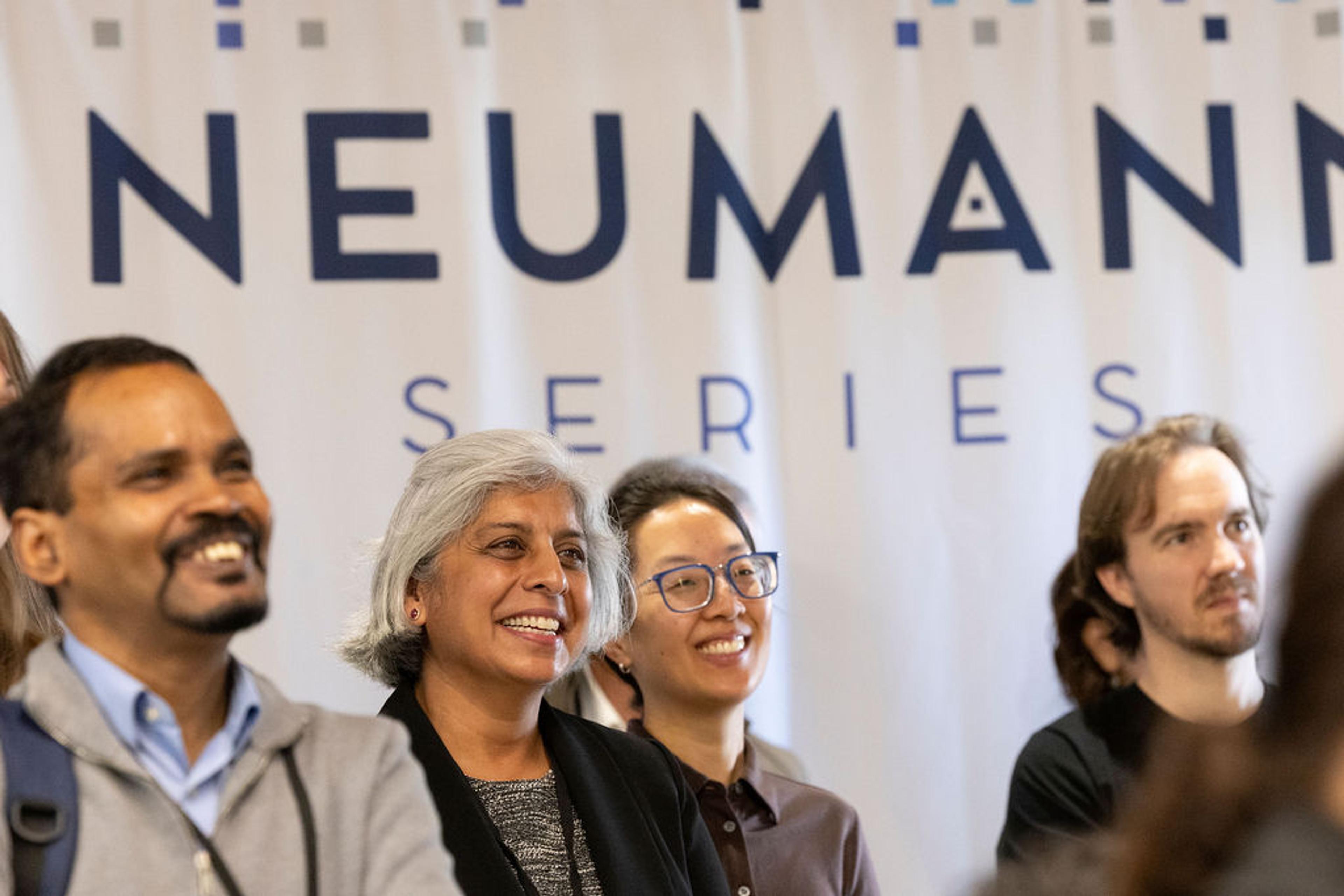
This Pi Day, we had the honor of contributing to the Neumann 120 Conference at Temple University in Philadelphia, a prestigious event in the John von Neumann series of pure and applied sciences. While the conference focused on groundbreaking scientific advancements, including presentations by Nobel laureates Dr. Katalin Karikó and Dr. Drew Weissman, the Tulipán Foundation added a unique cultural element to the event, enriching the scientific conversations with a celebration of Hungarian art and tradition.
Our presentation included the intricate artwork of Ildikó Fekete, a mathematician and folk artist known for her mastery of egg decoration and a former Tulipán grant recipient. Fekete, also a recipient of the Junior Prima and Young Master of Folk Art awards, exhibited her beautifully decorated eggs, showcasing the deep connection between mathematics and the art of egg decoration. During the conference and the reception that followed, Fekete also demonstrated her egg-decorating techniques, giving participants a hands-on experience with this traditional Hungarian craft.
To further enhance the cultural experience, we treated attendees to pie-shaped cookies made by our beloved Hungarian chocolatier Andrea’s Chocolate, designed specifically for the event. At the reception, the lively sounds of the Fészer Band, a Hungarian folk music ensemble, filled the room, creating a warm and engaging atmosphere that blended science with tradition.
As a special touch, each attendee received a thoughtfully prepared gift package from the Tulipán Foundation. Inside, they found a booklet detailing the connection between mathematics and egg decoration, information about Ildikó Fekete’s work, and an overview of Hungarian egg-decorating traditions. The package also included a decorated egg created by Fekete herself, along with a selection of Hungarian chocolates.
The Neumann 120 Conference highlighted the profound intersection of science, culture, and tradition, and we are proud to have contributed to such an inspiring event. Our participation served as a reminder that, while science pushes the boundaries of the future, art and culture preserve the essence of our shared past.